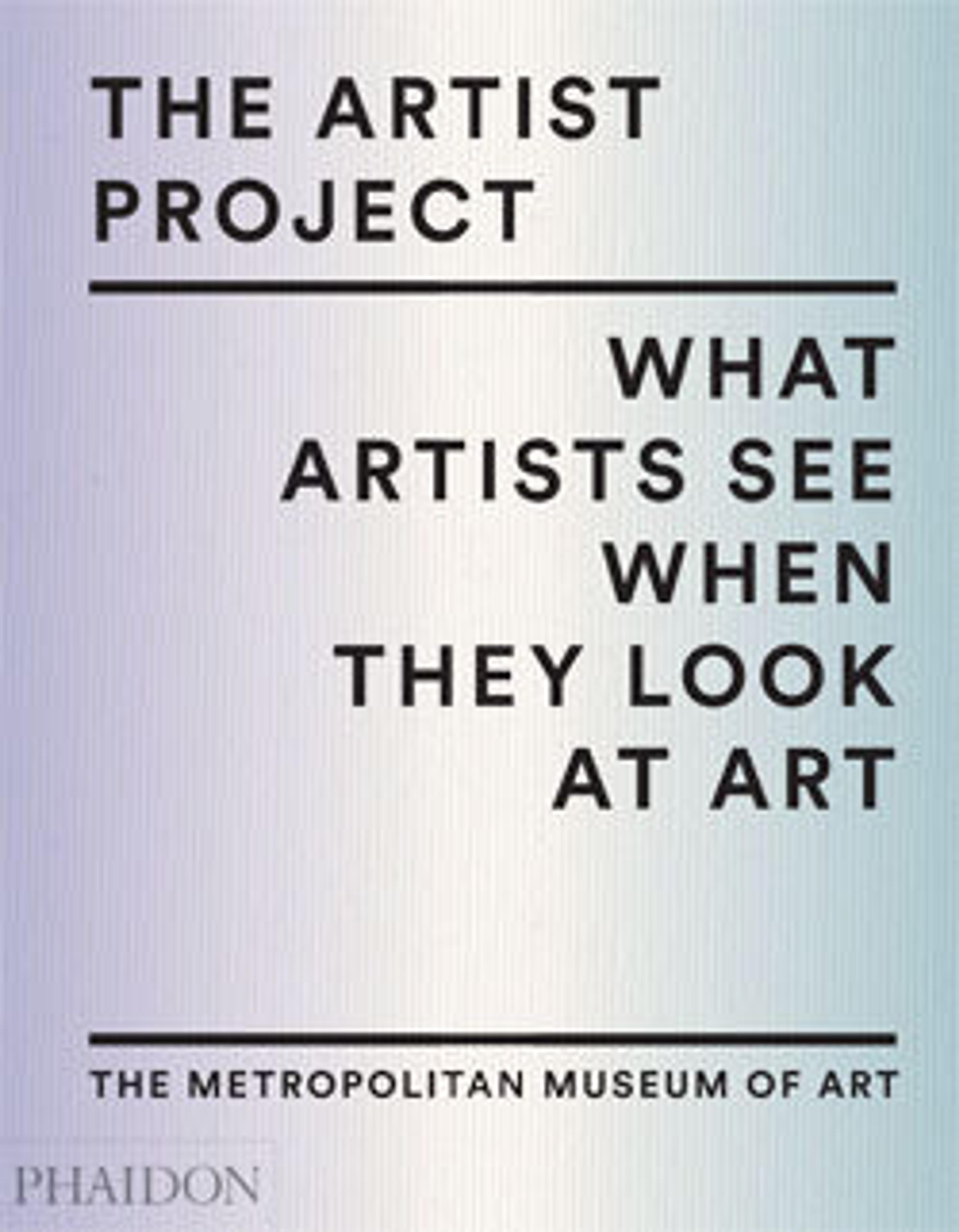Tile Panel with Calligraphic Inscription
Traditional ceramic production in Syria continued after the region came under Ottoman control in the early sixteenth century. Syrian tiles and ceramics of this period are related to Iznik wares, but do not include red in their palette. This large inscription panel was created in Syria for an unidentified mosque. Its calligraphy reads: "The weak servant Kayun ibn 'Abdallah, the sinful, the one in need of God’s mercy, founded this blessed mosque. It was built in the year 1000 [A.H./A.D. 1591–92]." Further examples of Syrian tilework panels flank the entrance to the adjoining gallery.
Artwork Details
- Title:Tile Panel with Calligraphic Inscription
- Date:dated 1000 AH/1591–92 CE
- Geography:Made in Syria
- Medium:Stonepaste; polychrome painted under transparent glaze
- Dimensions:H. 63 1/4 in. (160.7 cm)
W. 11 1/2 in. (29.2 cm)
D. 1 3/4 in. (4.4 cm)
Wt. 58 lbs. (26.3 kg) - Classification:Ceramics-Tiles
- Credit Line:Bequest of Agnes Miles Carpenter, 1958
- Object Number:58.90.1a–g
- Curatorial Department: Islamic Art
More Artwork
Research Resources
The Met provides unparalleled resources for research and welcomes an international community of students and scholars. The Met's Open Access API is where creators and researchers can connect to the The Met collection. Open Access data and public domain images are available for unrestricted commercial and noncommercial use without permission or fee.
To request images under copyright and other restrictions, please use this Image Request form.
Feedback
We continue to research and examine historical and cultural context for objects in The Met collection. If you have comments or questions about this object record, please contact us using the form below. The Museum looks forward to receiving your comments.
